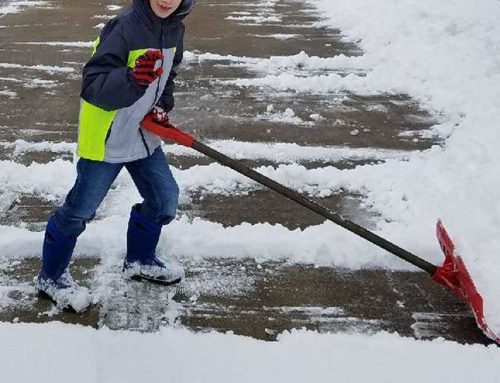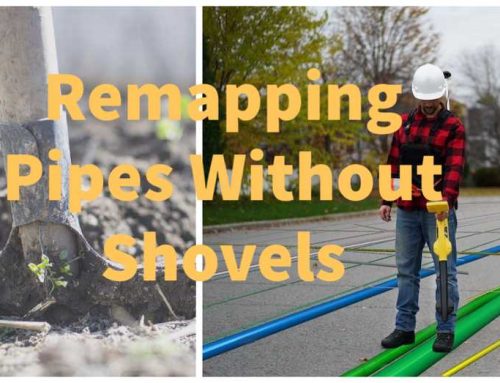13 Types of Rakes for Garden & Outdoor Needs and their Function
Jump to Section:
Rakes are handy when removing leaves from grass. However, that is not only the functionality of rakes. They can be used to spread out the soil as well as removing thatch in lawns. Hence, they have unique crafting according to their functionality.
This guide focuses on providing essential knowledge about rakes. It will discuss all the parts of a rake together with the different types of rakes and their functions. But before we get that deep, what is a garden rake? Below is a glimpse of that.
What are the garden rakes?
A rake is garden equipment that has a construction of wood or metal that is commonly used to collect grass clippings or hay. There are a variety of rakes with different functionalities. However, when purchasing one, it ought to be of a lightweight. This helps to reduce the due strain in the garden
Besides, collecting hay and grass, there are other multiple uses of a rake which include;
- Loosening the soil in a garden which may i
- Light weeding
- Removing excess debris or material from a lawn
- Leveling grass alongside removing the dead grass from the garden
- Creating patterns on the ground such as zen gardens
- Extracting algae and aquatic weed from a pond
- Spreading out and leveling concrete
Parts of a rake
After knowing what a garden rake and some of its many uses are, it is crucial to highlight its components. These will not only help you when handling the tool but also give some insights to guide you when purchasing
A rake has two main parts, namely, the head and the handle. Let us look at them in detail.
Head of a rake
The head is the functional part of a rake. It is connected to the handle while on the lower part; it has teeth like structures that are known as tines. It comes in different sizes and shapes according to their uses.
For example, a wide seized rake is favorable when you need to cover a larger size of the lawn. On the other hand, a narrow head is helpful when light digging in between the plants.
Additionally, a rake’s head has a ferrule. What is a ferrule? It refers to the metal part that connects the head to the handle. The ferrule construction material usually imitates the tines material. Besides the tines, it is the most critical part of a rake that ought to have a brilliant fixing.
Handle of a rake
This refers to the part that you hold on while using a rake. It is likely to have a wooden or metallic construction. Most people prefer metallic handles due to their sturdiness. However, such rakes are usually of a heavyweight.
The modern rakes have a bamboo wood, which promises longevity alongside lightweight. Rakes handle needs to have a rubberized part of providing comfort while using it.
Different types of garden and lawn rakes with their functions
The part of the rake that determines its functionality is the head. Hence, it comes in different styles and shapes to meet the specifications. Here are some of the rake types and their uses,
Leaf rake
To begin is the most common rake type, which is found in most households. The leaf rake, as the name suggests, is used to remove dry grass from a lawn or home compound. Also, with a heavy strength construction, leaf rakes can be used to remove lightweight debris.
The tines of this rake are usually of reinforced plastic and slightly bent to hold the materials. Coming to its head, it is likely to assume a triangle shape or a fan-like.
Lawn rake
This rake is usually confused for a leaf rake. Here is the difference, lawn rakes are specifically for gardens and have a longer handle with greatly spread out tines, unlike the leaf rake.
Additionally, the tines are metallic. Lawn rakes are also used for raking up leaves and lightweight debris. Further, there are useful when in need of a rake to break up the soil, or when dealing with gravel and sand.
Thatch Rake
Nevertheless, the thatch rake is useful when dealing with organic materials whose depth is beyond half-inch. Such matters on grass cause an ugly site and need to be moved away.
Thatch rake has a widely spread tines which are longer to move the materials. Also, some of these rakes may have tines on both sides. What about their construction? The head is usually of metal. However, some may have plastic, though not recommendable for longevity reasons.
Landscape rake
This is a fan-shaped rake with very elongated tines. It is handy when dealing with large tasks that need to be finished fast, such as leveling sand or soil in a large area.
They have a long handle to reduce bending strains. The head is of a metal material to handle the heavy-duty jobs especially when dealing with sand
Leaf scoop rake
It is almost as a leaf rake but has highly curved edges that are handy when scooping and carrying the materials. Hence, transporting the waste is less messy, as the leaf rake case.
Also, they have longer handles. Therefore, it is recommendable to individuals who might suffer backache after working. However, their crafting is not that sturdy to carry heavy materials.
Concrete rake
Nevertheless, you will need a concrete rake if you are constructing a concrete path. Its crafting ensures that it can hold the concrete and spread it to other parts effortlessly. As a result, it usually has a metal construction to make it robust
On the head, it has two sides, with one side slightly curved for scooping purposes. The other side part of the head is flat to help in leveling the concrete after scooping.
Shrub Rake
Addedly, the shrub rake is an improved version of a leaf rake. The handle construction is similar to a leaf rake. However, the tines are shorter and fewer compared to the leaf rake. Hence, there are not highly spread out
Consequently, this type of rake is perfect for removing debris from a fence or underneath shrubs. These rakes can have wood, metal, or plastic crafting.
Hay rake
Do you have hay that needs to be arranged into bales? Then this is the right rake to use. Moreover, it helps in spreading hay perfectly for drying reasons. With that said, here are details about its structure.
First, due to the nature of its work, it is likely to have a plastic material handle and head. However, when it comes to the tines, unlike most other rakes, they are not bent. However, they are widely spread to cover large areas.
Hand rake
It is a small-sized rake with a shorter handle and narrow spread head. This type of rake is used for tasks that require higher precision, such as weeding for plants. Moreover, it can be sued to remove debris and old roots in a small-sized garden.
Addedly, the handle is likely to be of wood or plastic to make it lightweight. However, for the head, it is usually of metal.
Stone rake
The stone rake is also known as tarmac or gravel rake. It is designed for heavy-duty tasks. Hence, its head part is entirely metallic. When it comes to its tines, they are highly bent and widely spread. Consequently, it has a wide-sized head
Due to its rigid tines, they are handy when handling stone or gravel. However, due to this firm structure, they cost more than standard rakes.
Lake rake
As a consequence of their function, they are also known as algae or pond rakes. Lake rakes are usually for removing algae, aquatic weed, or any other unwanted weed in a pond.
These rakes require a long handle to cover large areas in the lake.t the tines and the whole head part need to be of a material that is not prone to rust.
Roof rake
Roof rakes are used to scrap off ice, leaves, or snow located on the roof. Hence, the user needs to hold it in a raised position, unlike other rakes.
Correspondingly, these rakes have a lightweight design. Their handle is likely to be of plastic to meet that condition. Also, the tines need to be blunt. Otherwise, they might damage the roof.
Berry rake
This type of rake is used to harvest berries, such as strawberries. Unlike other kinds of rakes, it has a highly reduced size. Its handle is short while the head is narrow in size. However, it has a container-like structure that harvests and contains the berries.
Berry rakes commonly have plastic material. This seeks to make it lightweight for effortless handling. The user moves the rake through the plant.
Conclusion
The most critical part of a rake is the head. It consists of the tines and ferrule. Tines are the teeth-like structures, also known as the pongs. The crafting of this part determines the type and functionality of the rake.
The ferrule is the part that connects the head to the handle. Rake head comes in different sizes and shapes. Which size will you need for your lawn? Get to know by going through this piece. Still besides, the leaf rake, you will get to know all other types of rakes and their functions.




